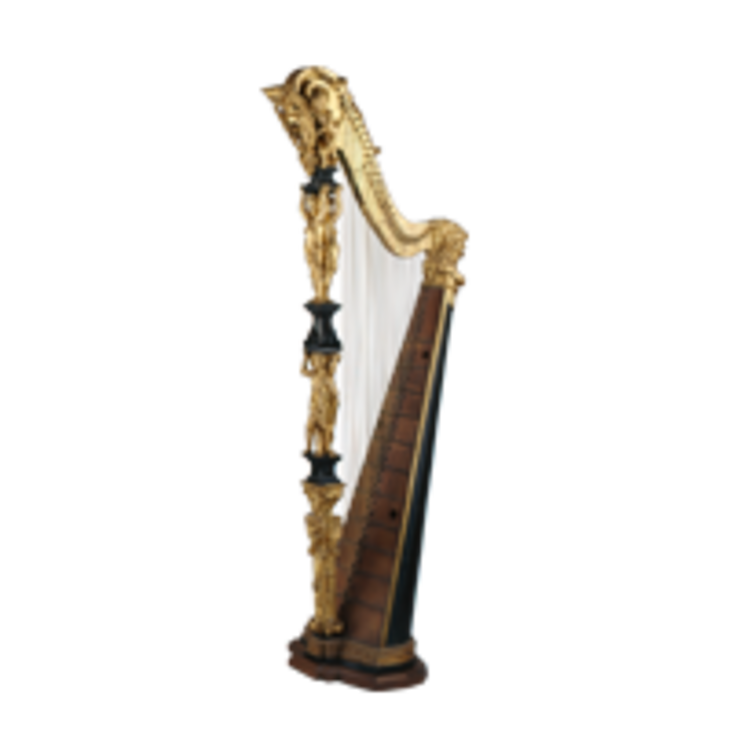Amanda Wunder will give a Brown Bag Lunch presentation on Monday, April 23, at 12:15 pm. Her talk is entitled “Fashion and Religion in Seventeenth-Century Spain.”
The rigid, restrictive, and somber fashions that were popular during the reign of Philip IV (1621-1665) are often described today as emblematic of Counter-Reformation Catholicism in Spain. But in the seventeenth century, Spanish clergymen and nuns vigorously denounced the popular fashions of the day, especially women’s low-cut bodices and enormous farthingales, men’s “effeminate” long hair, and the opulent fabrics and trims that were worn by men and women alike. The Church condemned courtly fashions as a vice and a sin even as sacred buildings and religious events served as some of the most important public venues for displaying and disseminating the latest styles, whether in the parish church at daily Mass or in the city streets during the annual Corpus Christi procession. This presentation examines the conflicts that arose when the secular fashions of the court crossed over into the sacred spaces of the Church in seventeenth-century Madrid. Exempt from the Crown’s sumptuary laws, the Church was responsible for making and enforcing its own dress codes for the clergy and for the sacred images in their care, but it fought a losing battle against zealous patrons—including Queen Isabel de Borbón—who donated elaborate gowns to clothe sculpted images of the Virgin. The Spanish Inquisition also did its part to demonize courtly styles by using fashionable dress as evidence in trials against beatas (lay holy women) who were accused of faking their holiness. Yet the courtly fashions vilified by the Church and the Inquisition continued to thrive, and there is evidence to suggest that the Spanish monarchs and their subjects themselves did not see fashion as incompatible with piety—all of which reveals the limits of the Counter-Reformation Church’s influence on seventeenth-century Spanish culture.
Amanda Wunder is Associate Professor of History at the City University of New York’s Lehman College in the Bronx. She is also on the faculty of the Art History department and the Renaissance Studies program at the CUNY Graduate Center, where she teaches graduate seminars on early modern Iberian art and material culture and on early modern European fashions and textiles. She is the author of Baroque Seville: Sacred Art in a Century of Crisis, published by Penn State Press in 2017. In the fall of 2017 she was a Research Fellow at Bard Graduate Center where she was working on a new book about fashion controversies and gender politics in early modern Spain. Previous publications on this subject include an interdisciplinary study of the Spanish farthingale called the guardainfante that appeared in Renaissance Quarterly 68:1 (March 2015) and a chapter on fashion innovations during the reign of Philip IV in Fashioning the Early Modern: Dress, Textiles and Innovation in Europe, 1500–1800, edited by Evelyn Welch (Oxford, 2017). She is currently preparing a chapter on sumptuary legislation in Spain from the late-medieval period through the eighteenth century for a global history of sumptuary laws edited by Giorgio Riello and Ulinka Rublack.






